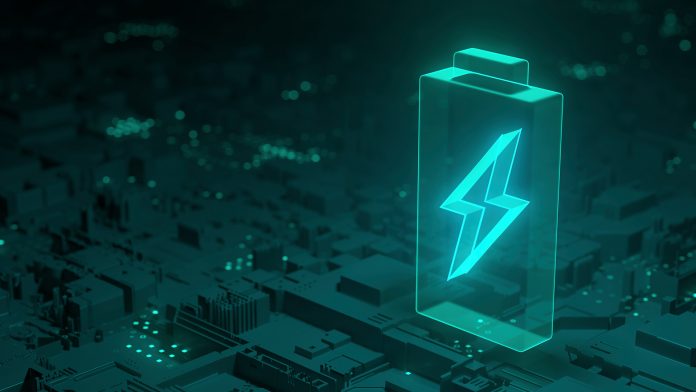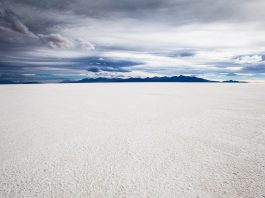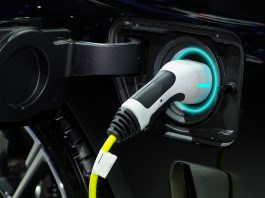Lithium Power International outlines the growing importance of value adding for Australian lithium mining companies.
Australia contains the highest economic concentrations of lithium in the world. Its large number of lithium mining companies – a few with a long history but most being young and ambitious – simply need the nous to blast suitable rock outcrops, crush, and then concentrate them for sale. The trick is to select the best treatment process to remove waste, but that is something local producers have a long experience in mastering.
Before lithium became a boom-time mineral, the mining industry was busy focusing on gold, copper, lead, zinc, iron ore, bauxite, and coal. Hard rock, or spodumene lithium deposits found in Western Australia (WA) cost more to set up than the type of lithium found in the world’s second-largest producer, Chile. There, the process involves drilling wells, pumping salty, lithium-infused water into evaporation ponds to be concentrated by solar evaporation and then treated. But hard rock mining can be developed more quickly, and operations expanded more easily when demand outstrips supply.
In the current rush to satisfy soaring demand for lithium from global electric vehicle (EV) makers, Australia has a handsome lead as the world’s largest producer. Its miners are hugely profitable. Lithium exports are expected to surpass $16bn in 2022-23, up from $5bn in just one year. It has become the nation’s sixth-largest resource and energy commodity export. As with gold rushes of old, miners are keenly pegging new areas, expanding operations, and deploying technology to boost the value of their output.
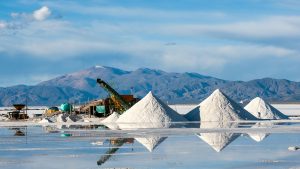
Australia’s lithium mining companies are moving towards value adding
Among those seeking success is Lithium Power International, with exploration projects in sought-after regions. Its prime Australian asset is at Greenbushes in the state’s south-west, near the huge Talison lithium mine. It also has two projects in the Pilbara area, known as Pilgangoora and Tabba Tabba, near other significant projects; and two near Kalgoorlie, north-east and south-west of the famed gold mining region, which recently has become a magnate for lithium. These assets are planned to be part of an initial public listing by Lithium Power’s WA subsidiary company, Western Lithium.
To support the capital raising, LPI has in recent weeks completed its first exploration drilling programme on its Greenbushes patch, at a prospect called East Kirup. Several two-metre zones indicated the potential for pegmatites, the main host rock in the area for lithium, and confirmed a number of shear zones.
The American lithium producer, Albemarle, owns a 49% stake in the Talison mine, which has been upgraded and expanded significantly in recent years. Three years ago, the company started construction of a lithium hydroxide processing plant at Kemerton to upgrade its output from that mine and also for its joint venture with local company Mineral Resources at the Wodgina development. Albemarle characterises its initiative as being the beginning of a brand-new mining industry in Western Australia.
But this is just one example of how the state’s lithium companies are aggressively moving to become more than just miners. While they can bank large profits by shipping concentrates offshore for processing, they know that their returns will be much higher if they capture at least some of the value-add that currently is often left to others.
Albemarle’s chief strategy officer, Eric Norris, explained to investors in January one reason why the company was keen on expansion in Australia. He said that it counts as a free-trade jurisdiction by the US, which makes it a “very important pivot point” to grow its business as the market develops. Norris added that it was equally attractive to its European customers. He said that so-called workhorse resources in Australia can be larger under the right circumstances, including favourable permitting, exploration, and technology.
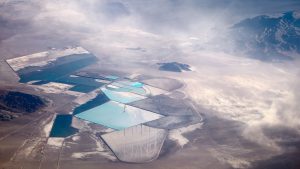
“The future of our business is one where Europe, North America, Asia, and China are separate regions. They’ll have their own plants. Then, we’ll have workhorse plants where, for strategic reasons, the conversion is near a resource as in Australia. It’s an increasingly regionalised market and, because of our resource base and scale, [we’re] very advantaged to be able to pursue a strategy that is so broad.”
Pilbara Minerals’ downstream endeavour
Lithium newcomer, Pilbara Minerals, wants to adopt a downstream processing model too. High global prices mean that it has substantially boosted profits in the last couple of years, and now has the influence to value add. It aims to upgrade the spodumene from its Pilgangoora mine by producing lithium phosphate salts. This is being done using an innovative calcination technology from Calix, an Australian company that develops patented methods to deliver environmentally better processing solutions.
The so-called Mid-Stream Project that Calix has with Pilbara has tested ore in a demonstration plant to produce lithium phosphate salts. The aim is to supply battery chemicals, including lithium ferro phosphate (LFP) to battery cathode makers, along with lithium carbonate and lithium hydroxide. The company says that a scoping study has provided the incentive for them to construct a demonstration plant.
Pilbara is also pursuing a second, more advanced venture which involves South Korea’s POSCO. This involves building a lithium hydroxide plant in South Korea to produce up to 43,000 tonnes each year of lithium hydroxide monohydrate. Commissioning of the first train is expected late this year.
Expanding production of lithium hydroxide
Another comparatively new lithium producer, Mineral Resources, is making progress on plans of its own. It runs two large mines, Mount Marion in the Goldfields region and Wodgina in the Pilbara, and has partnerships with Ganfeng and Albermarle respectively to upgrade its ore to lithium hydroxide. Spodumene from both mines is currently shipped offshore. But the company has recently built a hydroxide plant near Bunbury, 160km south of Perth, with Albermarle, and is initially treating ore from its Greenbushes mine as production ramps up.
Mineral Resource’s Managing Director, Chris Ellison, explained that there would be joint ownership of downstream production from Kemerton. “We are operating as if the deal was done. There’s been no rush for us to do it. We’re producing, and we’ve got all the production until the end of [2023] locked away to be turned into hydroxide. All of the production is going to be marketed on the indices. We don’t have any long-term contracts. But that’s the nature of MinRes. That’s what we have always done. We just take the money on the day. And in a rising market, it’s a good ride.”

Ellison is confident in the deal he has with Albemarle. “We’re going to have joint ownership of that downstream production. We haven’t figured out how that is going to be yet, but there’s no rush because there’s plenty of capacity out there to toll treat all the dirt we’re producing. All of us in the lithium business have decided that we just don’t want to be spot sellers anymore. We want to be hydroxide producers. We basically stop selling it on the open market. We want to bring most of those benefits back home to WA. My wish is to build the next hydroxide plant up at Wodgina, here in WA.”
The company’s five-year goal is to expand hydroxide output to a minimum of 118,000 tonnes. “That puts us sort of right up there on the stage,” Ellison said. “And, there are other opportunities sitting out there. We are looking at them as they come along, and I have no doubt that we will be able to secure a few more. We would have a high-quality product. It would be highly acceptable to the world. It would attract a premium, because it would be from WA. It’s a very, very ethical project.”
Global demand for lithium is climbing
This feverish activity within the world’s largest lithium-producing region comes at a time when global lithium buyers are experiencing a severe squeeze. Costs for them have taken a new, steep upward climb as supply deficits in both North America and Europe become larger. Benchmark Mineral Intelligence’s latest quarterly forecast said that incentives in the US had accelerated demand for lithium. Both the US and Canada had introduced loans and grants to secure supply, but only to limited effect. Benchmark’s principal analyst, Dr Cameron Perks, said such moves were needed to incentivise lithium production and refining rather than support the European Battery Alliance’s call to keep battery manufacturing onshore.
Localisation is a critical factor in the future of sustainable EVs. For instance, Benchmark estimates that European cell demand in 2032 will be 12 times more than lithium supply from within the region. This compares with an estimated 2.5 times more for demand in North America, where new steps have been taken by the US Government to stimulate production across the entire industry chain, including in lithium mining.

